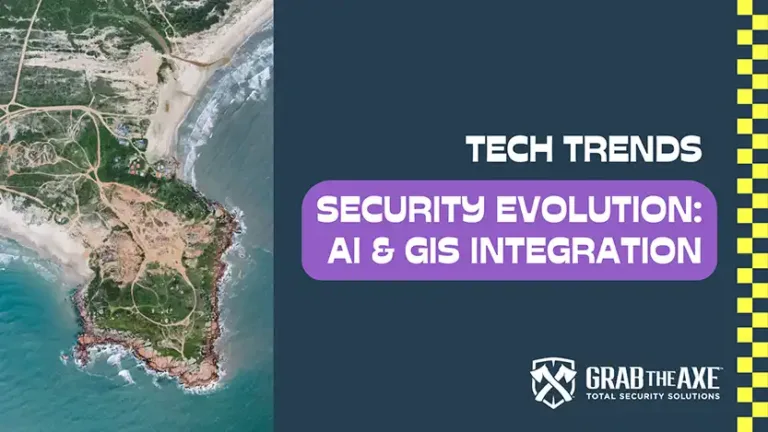In today’s rapidly evolving digital landscape, staying ahead of the latest top cybersecurity trends is crucial for safeguarding your business. As we move into 2024, understanding and implementing the top cybersecurity strategies will be vital in protecting your assets from emerging threats.
Top Cybersecurity Trends 1: AI and Machine Learning in Cybersecurity
The Role of AI in Enhancing Security Measures
Artificial Intelligence (AI) and Machine Learning (ML) are revolutionizing cybersecurity by providing advanced tools for threat detection and response. AI algorithms can analyze vast amounts of data in real-time, identifying patterns and anomalies that might indicate a cyber attack. This proactive approach allows businesses to mitigate threats before they cause significant damage.
Example: AI-powered security systems can detect unusual login activities, flagging potential breaches and prompting immediate action.
Trend 2: Zero Trust Architecture
Implementing Zero Trust Principles
Zero Trust Architecture (ZTA) operates on the principle that no entity, inside or outside the network, should be trusted by default. This approach requires strict identity verification for every user and device attempting to access resources within the network.
Implementation Steps:
- Continuous Monitoring: Implement continuous monitoring of user activity and network traffic to detect suspicious behavior.
- Least Privilege Access: Ensure users have the minimum level of access necessary to perform their duties.
Trend 3: Increased Focus on Data Privacy
Navigating New Data Privacy Regulations
With the introduction of stringent data privacy laws such as the General Data Protection Regulation (GDPR) and the California Consumer Privacy Act (CCPA), businesses must prioritize data privacy and protection. Ensuring compliance with these regulations not only avoids hefty fines but also builds trust with customers.
Key Actions:
- Conduct regular data privacy audits.
- Implement robust data encryption techniques.
Trend 4: Rise of Ransomware-as-a-Service
Understanding the Threat of Ransomware-as-a-Service (RaaS)
Ransomware-as-a-Service has emerged as a significant threat, allowing cybercriminals to rent ransomware tools and launch attacks with minimal technical knowledge. These attacks can cripple business operations by encrypting critical data and demanding a ransom for its release.
Preventive Measures:
- Regular Backups: Ensure regular backups of critical data to recover from ransomware attacks without paying the ransom.
- Employee Training: Conduct training sessions to educate employees on recognizing phishing attempts and other common ransomware delivery methods.
Trend 5: Enhanced Cloud Security
Securing Cloud Environments
As businesses increasingly migrate to cloud-based solutions, ensuring robust cloud security becomes paramount. Cloud security strategies must address data protection, regulatory compliance, and the secure configuration of cloud services.
Best Practices:
- Encryption: Encrypt data both at rest and in transit.
- Multi-Factor Authentication (MFA): Implement MFA to add an extra layer of security for accessing cloud services.
The cybersecurity landscape is continuously evolving, and businesses must stay informed about the latest trends to protect their assets effectively. By understanding and implementing these top cybersecurity trends for 2024, you can safeguard your business against emerging threats and ensure a secure future.
Is your business prepared for the cybersecurity challenges of 2024? Contact Grab The Axe today for a comprehensive security assessment and stay ahead of potential threats.
Frequently Asked Questions (FAQs)
What is Zero Trust Architecture, and why is it important?
Zero Trust Architecture is a security model that operates on the principle of not trusting any entity by default, whether inside or outside the network. It requires strict identity verification for every user and device. This approach is important because it minimizes the risk of unauthorized access and potential breaches.
How can AI and Machine Learning improve cybersecurity?
AI and Machine Learning improve cybersecurity by analyzing large datasets in real-time to identify patterns and anomalies indicative of potential threats. This allows for quicker detection and response to cyber attacks, enhancing overall security.
What steps can businesses take to protect against Ransomware-as-a-Service?
To protect against Ransomware-as-a-Service, businesses should regularly back up critical data, implement robust security measures like multi-factor authentication, and educate employees on recognizing phishing attempts and other common ransomware delivery methods.
Why is cloud security crucial, and what are some best practices?
Cloud security is crucial because businesses increasingly rely on cloud-based solutions for their operations. Best practices include encrypting data at rest and in transit, implementing multi-factor authentication, and ensuring the secure configuration of cloud services.
How can businesses ensure compliance with data privacy regulations?
Businesses can ensure compliance with data privacy regulations by conducting regular data privacy audits, implementing robust data encryption techniques, and staying informed about the latest regulatory changes.
References:
- General Data Protection Regulation (GDPR). (n.d.). Retrieved from https://gdpr.eu
- California Consumer Privacy Act (CCPA). (n.d.). Retrieved from https://oag.ca.gov/privacy/ccpa
- Ponemon Institute. (2023). Cost of Data Breach Report. Retrieved from https://www.ibm.com/security/data-breach
Top Cybersecurity Trends – To Learn More:
Exploring the NIST CSF 2.0 Update: 5 Critical Changes Every Cybersecurity Professional Must Know
Small Business Cybersecurity Solutions: Defending Your Digital Domain
What is included in a cybersecurity assessment? A Detailed Guide 2024






This Post Has 2 Comments
Pingback: Cybersecurity 2024: Why Your Business Might Be the Next Target (and How to Prevent It) - Grab The Axe
Pingback: Navigating WISP Compliance: What CPA Firms Need to Know About FTC and IRS Requirements - Grab The Axe
Comments are closed.